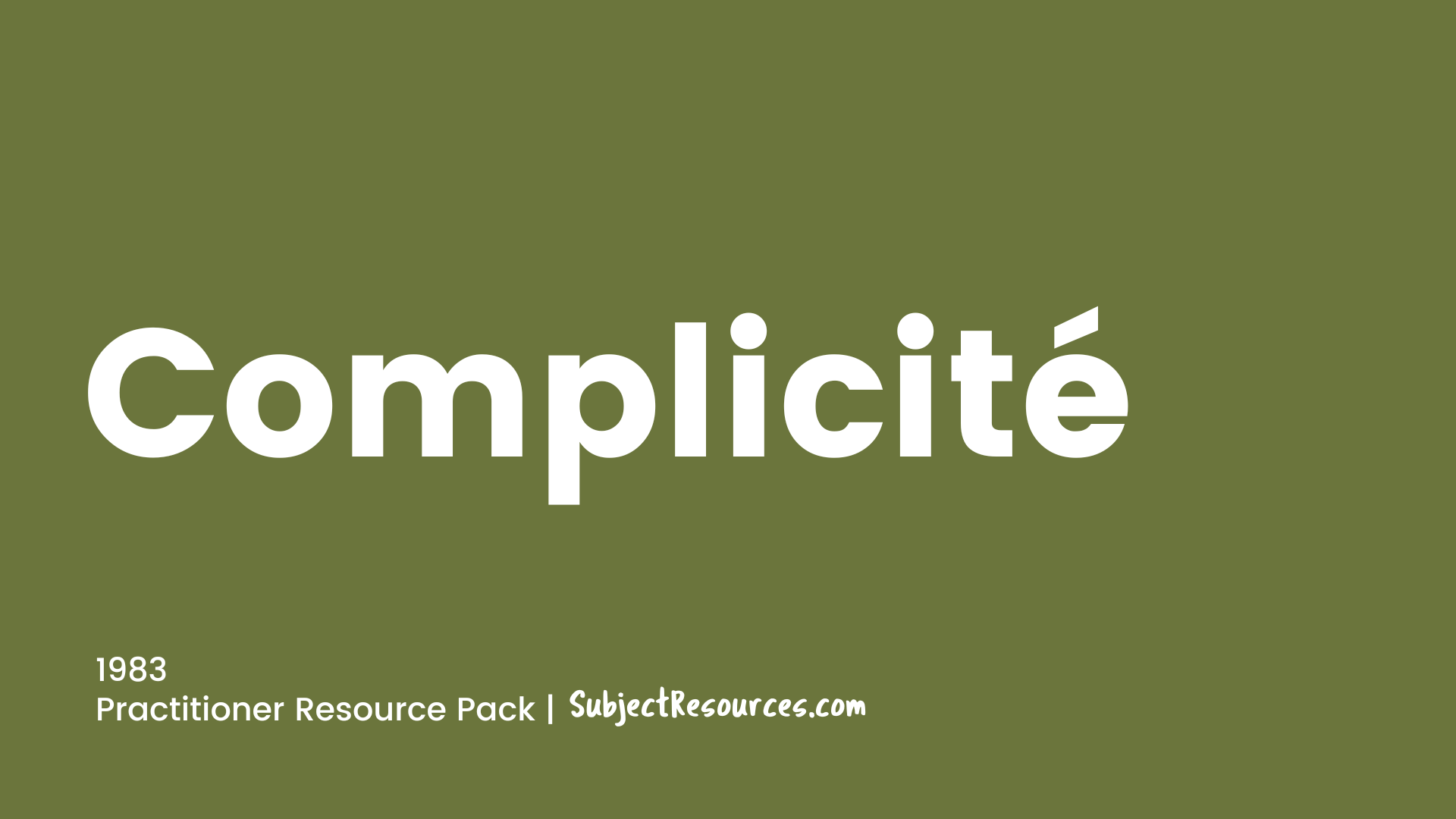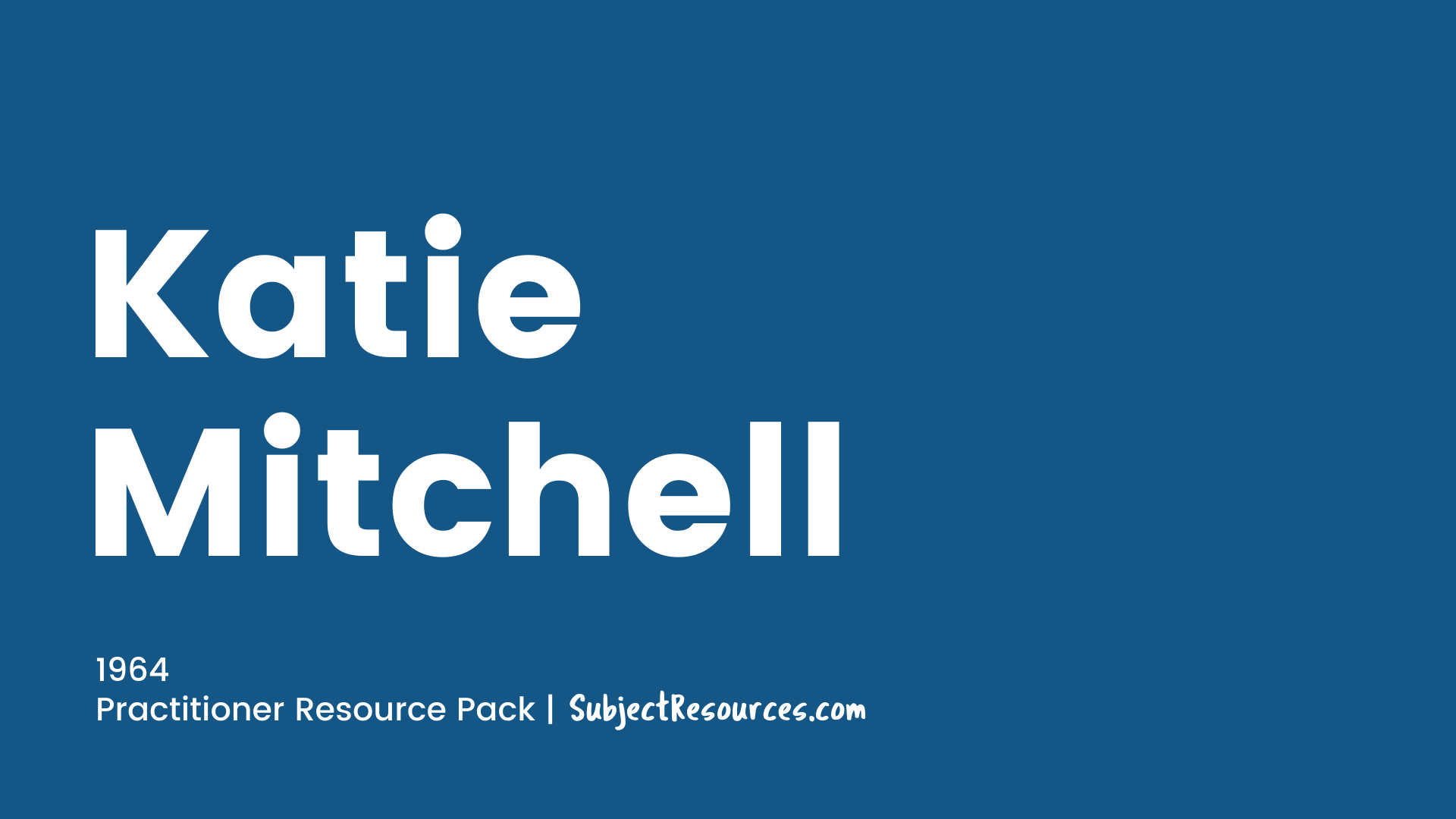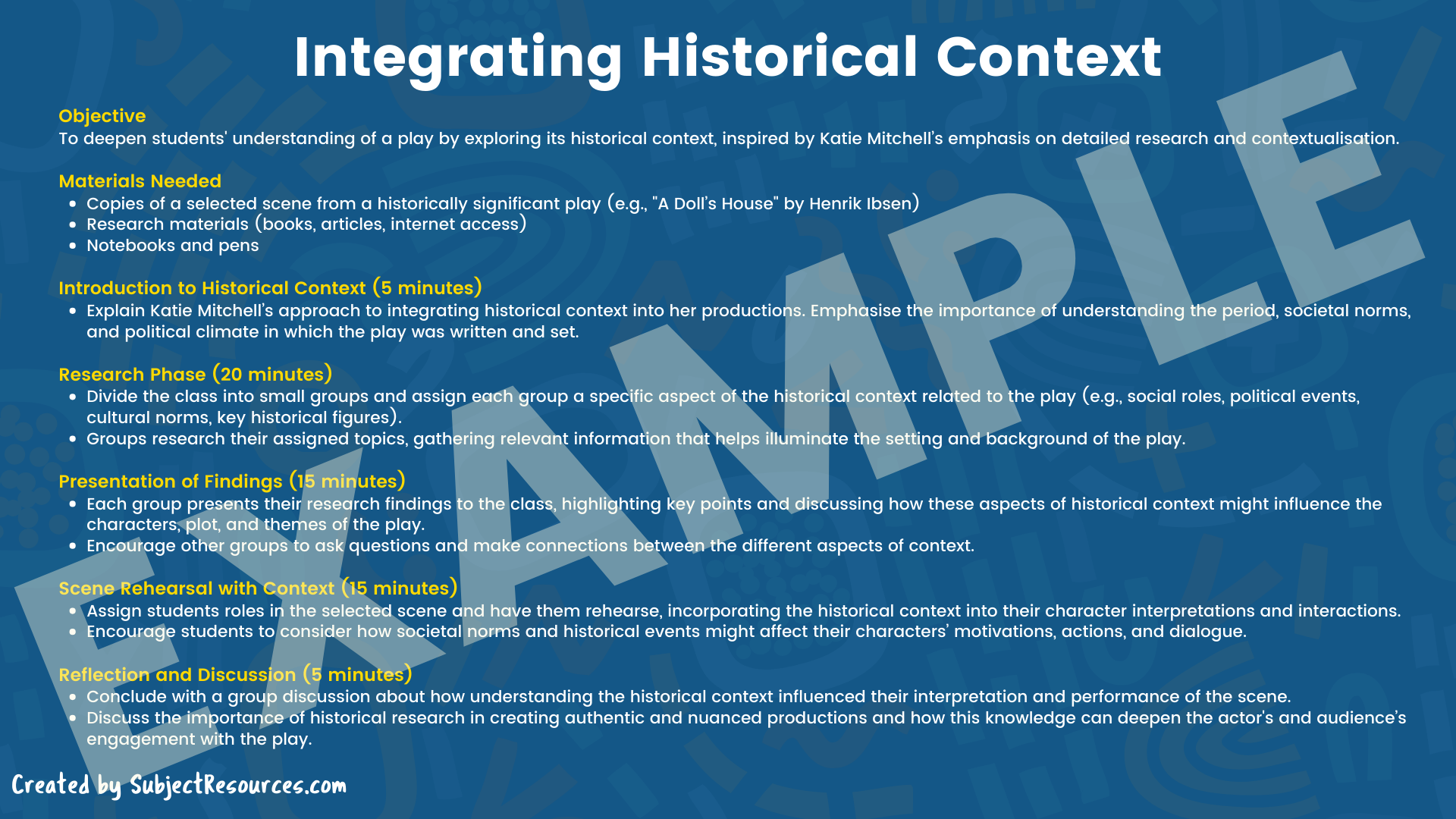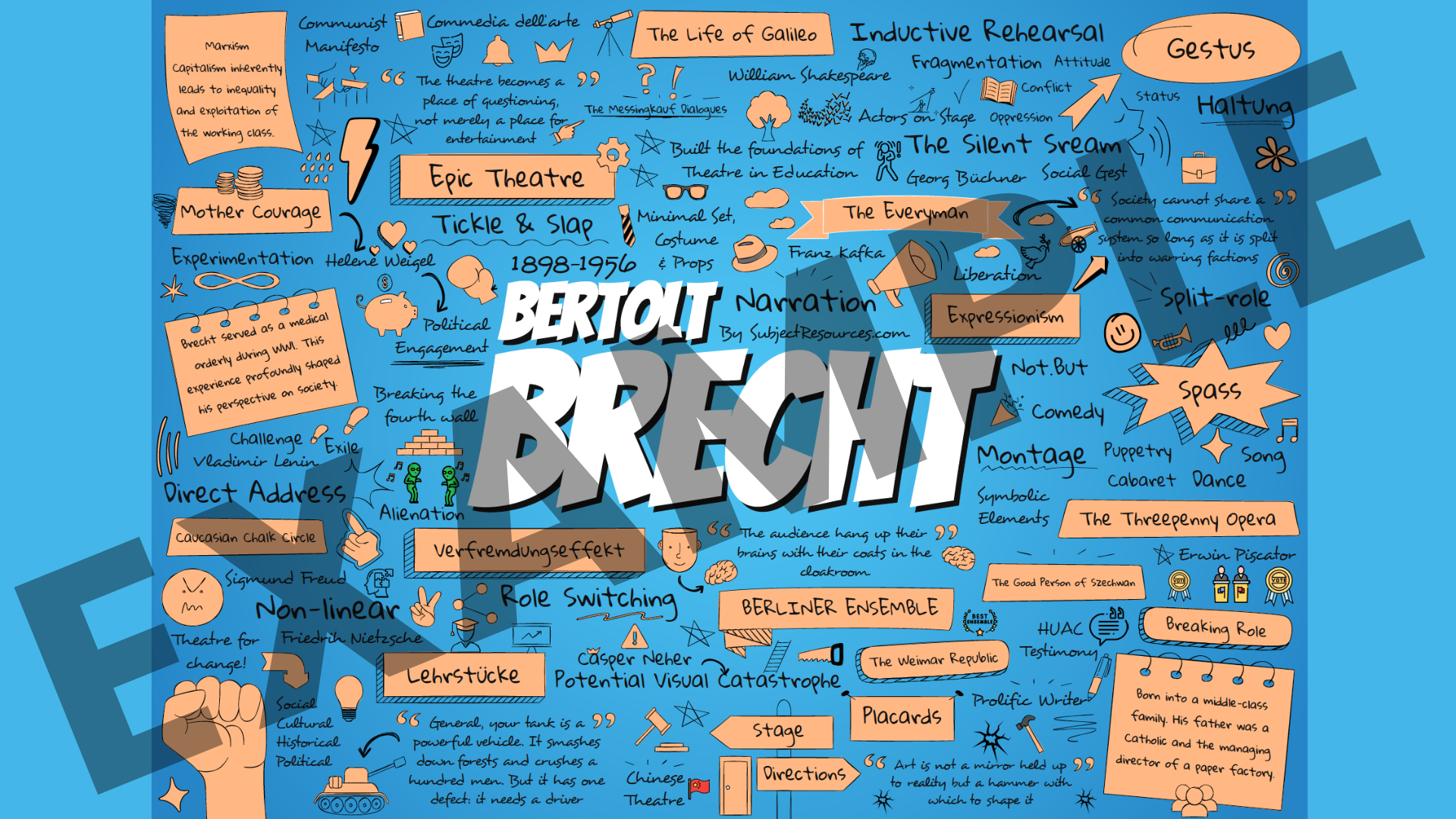 Image 1 of 1
Image 1 of 1


Michael Chekhov - Scheme of Learning
This pack contains five lessons that explore the legendary techniques and methodologies of Michael Chekhov. Each lesson contains important lesson planning criteria such as Lesson Objectives, SMART targets, Teacher Reflections, Differentiation, PLTS, Homework and Extension tasks. This scheme is most effective when the students are in the process of working on developing a role.
Contents include:
Lesson 1 Receiving: In this introductory lesson, students will practically explore Chekhov's fundamental principle of 'receiving' and work through a series of developmental exercises to promote their physical and subtextual awareness. By the end of the lesson, they will understand the importance of receiving and the wider applications for this principle under Chekhov's methodology.
Lesson 2 Ease: Students will practically explore Chekhov's principle of 'physical and emotional ease' and work through a series of practical and psychological exercises to promote their awareness. The lesson combines improvisational acting and visualisation techniques which can help students with their own characterisation process.
Lesson 3 Genre, Style & Radiating: Students will practically explore and consider the demands from the text concerning its genre and style. They will be able to think critically about the playwright's decisions and have a confident grasp of how they may offer their performance skills to best suit the work. Chekhov's 'Radiating' is introduced as a means for students to tap into the more subtextual elements of a performance.
Lesson 4 Atmosphere & Psychological Gesture: Atmosphere and the Psychological Gesture (PG) are two of my favourite Chekhov techniques to teach. The students will be guided through a journey of observation and awareness in the real world before distilling their ideas and feelings towards their own scripts. The lesson is perfect for a mixed ability group as there are many ways to be adapted to suit all learners.
Lesson 5 Approaching a Role: In the final lesson in the scheme, we bring together all we have learned about Chekhov and how we can best use his techniques and ideas to aid us in approaching our own roles. The students will complete their learning with an end of unit written/portfolio assessment to further consolidate and cement their learning on the practitioner.
You may wish to enhance the lesson by using the 'Michael Chekhov Practitioner Pack' as a visual teaching aid. The practitioner pack contains many more techniques and a deeper insight into Chekhov's work.
The pack is sent as a digital PDF document to your email after purchase.
This pack contains five lessons that explore the legendary techniques and methodologies of Michael Chekhov. Each lesson contains important lesson planning criteria such as Lesson Objectives, SMART targets, Teacher Reflections, Differentiation, PLTS, Homework and Extension tasks. This scheme is most effective when the students are in the process of working on developing a role.
Contents include:
Lesson 1 Receiving: In this introductory lesson, students will practically explore Chekhov's fundamental principle of 'receiving' and work through a series of developmental exercises to promote their physical and subtextual awareness. By the end of the lesson, they will understand the importance of receiving and the wider applications for this principle under Chekhov's methodology.
Lesson 2 Ease: Students will practically explore Chekhov's principle of 'physical and emotional ease' and work through a series of practical and psychological exercises to promote their awareness. The lesson combines improvisational acting and visualisation techniques which can help students with their own characterisation process.
Lesson 3 Genre, Style & Radiating: Students will practically explore and consider the demands from the text concerning its genre and style. They will be able to think critically about the playwright's decisions and have a confident grasp of how they may offer their performance skills to best suit the work. Chekhov's 'Radiating' is introduced as a means for students to tap into the more subtextual elements of a performance.
Lesson 4 Atmosphere & Psychological Gesture: Atmosphere and the Psychological Gesture (PG) are two of my favourite Chekhov techniques to teach. The students will be guided through a journey of observation and awareness in the real world before distilling their ideas and feelings towards their own scripts. The lesson is perfect for a mixed ability group as there are many ways to be adapted to suit all learners.
Lesson 5 Approaching a Role: In the final lesson in the scheme, we bring together all we have learned about Chekhov and how we can best use his techniques and ideas to aid us in approaching our own roles. The students will complete their learning with an end of unit written/portfolio assessment to further consolidate and cement their learning on the practitioner.
You may wish to enhance the lesson by using the 'Michael Chekhov Practitioner Pack' as a visual teaching aid. The practitioner pack contains many more techniques and a deeper insight into Chekhov's work.
The pack is sent as a digital PDF document to your email after purchase.
































